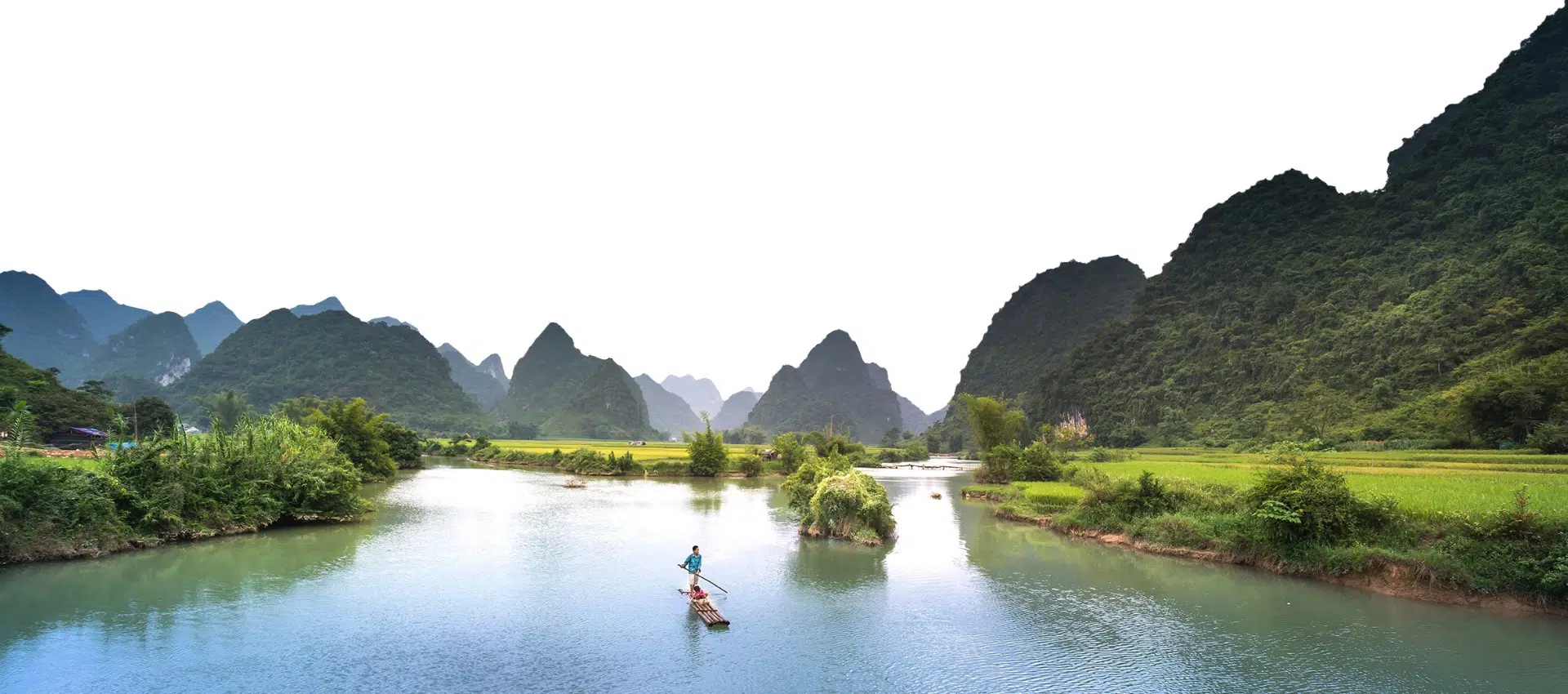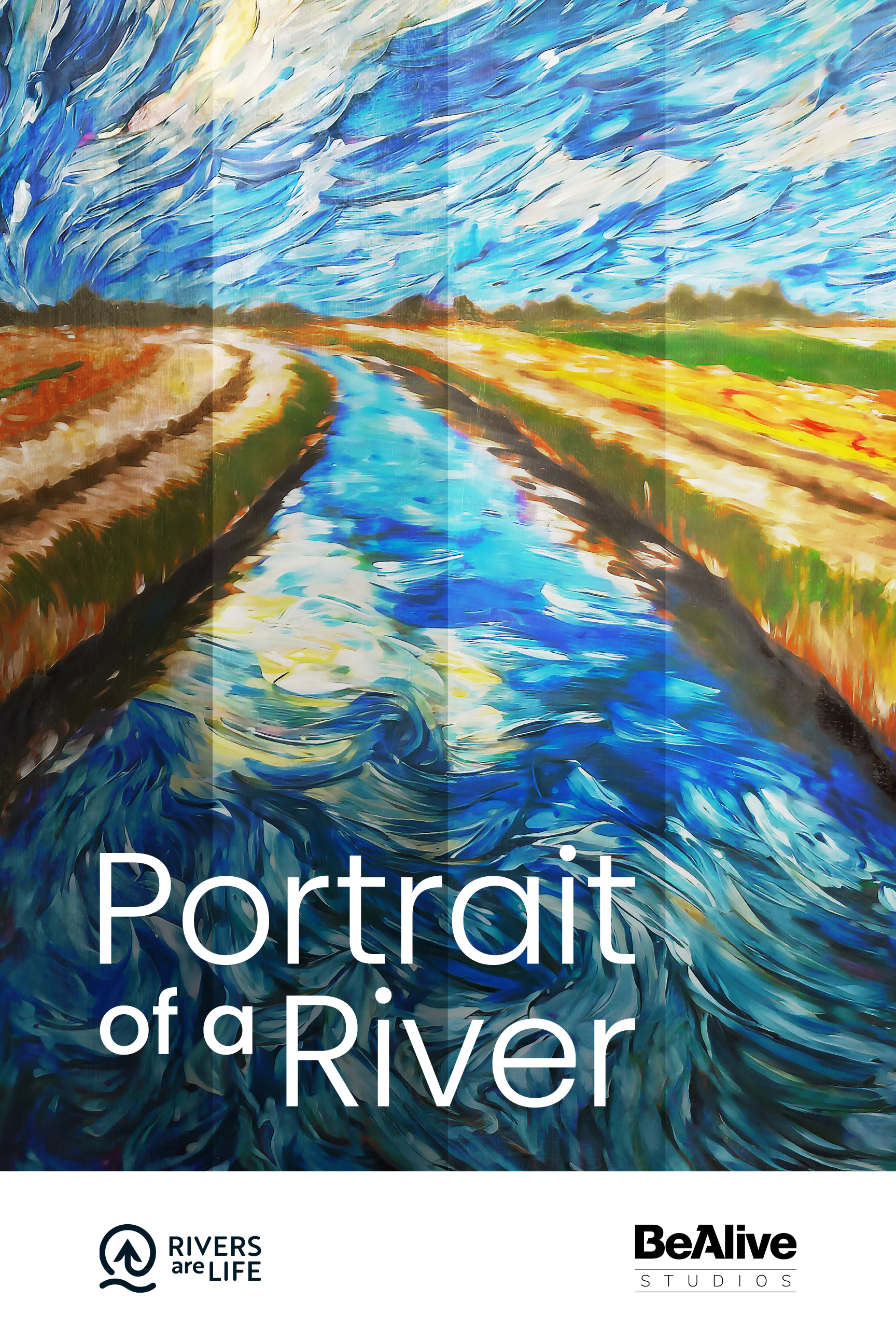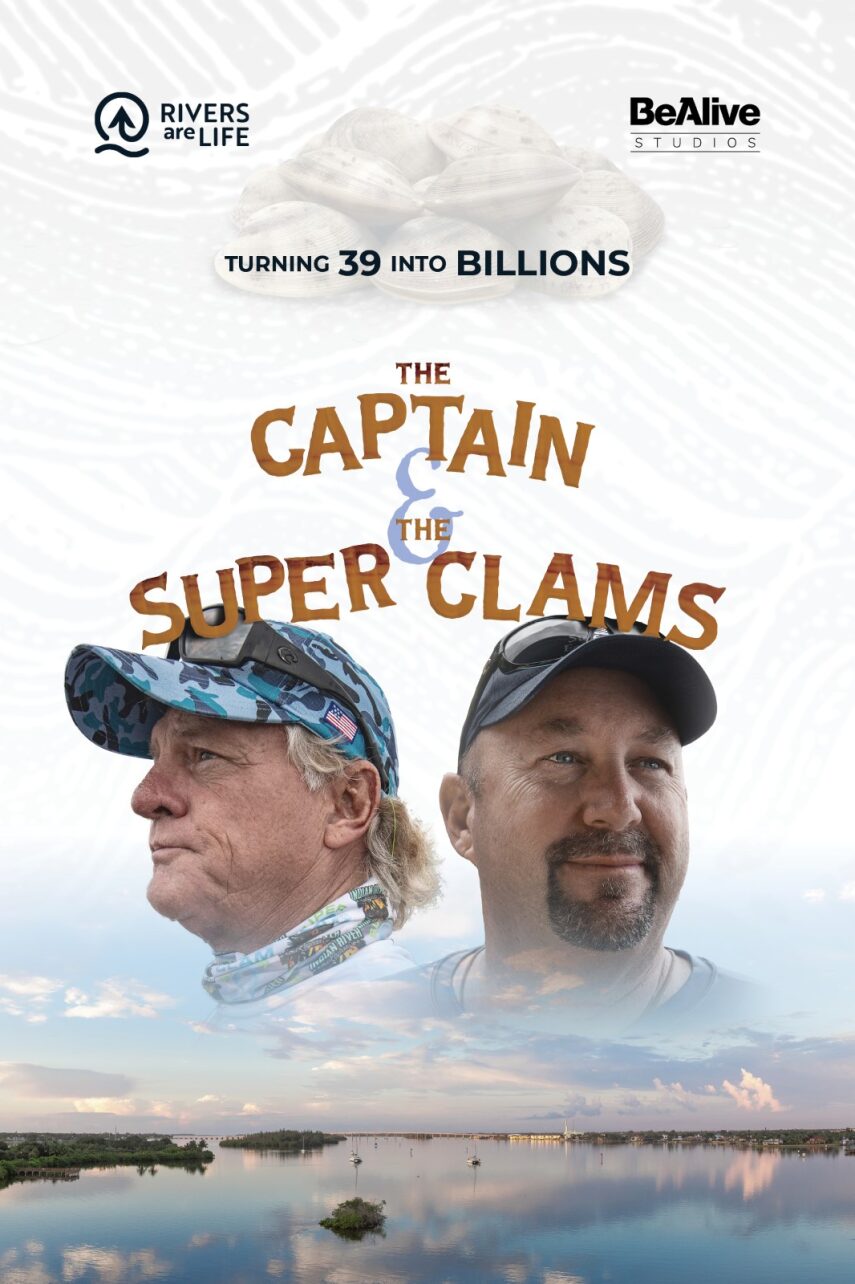UNDER THE AFRICAN SUN
“Actions speak louder than words."
- “Brother Bill” Evans

The Zambezi River: A Lifeline for Rural Communities
Between the countries of Zambia and Zimbabwe is the Zambezi River, a source of water, fertile soil, and electricity for 32 million people (about twice the population of New York). Some communities are only accessible by boat on the Zambezi. The river, home to the world’s biggest man-made reservoir, has taken care of its people for a thousand years.
But with 2022 charting record low rainfall, the Kariba Dam hydro-electric station has been suspended until the necessary water levels return. With more than 70% of the power in Karoi generated by the river, the loss is immense. For many surrounding towns, the water goes out when the electricity does, leaving them without clean drinking water.
The Zambezi
The Zambezi, meaning “great river” in Tongan, stretches 1,600 miles through southern Africa. It’s been a source of life for a thousand years. In addition to the millions of people it sustains, it’s home to breathtaking fauna such as hippos, lions, crocodiles, elephants, and sheep.
Karoi, a rural tobacco town in Zimbabwe, is a close-knit community that relies on the river. While Lake Kariba, behind the dam, provides running water to the folks lucky enough to live in town, there are still many people nearby who have to walk miles to carry the water back to their families. It’s estimated that half the households in the area around Karoi are outside the recommended safe distance from a water source.
Building Sustainable Solutions with Boreholes
While the fate of the river is uncertain, there are folks dedicated to providing more African communities with clean water sources. Far away Missions and Quench Ministries help fund and build boreholes throughout Zimbabwe and Malawi.
Led by “Brother Bill” Evans from Kentucky and Leonard Maronda from Karoi, the mission is to bridge the gap between the tiring trek to and from the river by digging boreholes and installing basic well pump technology. These boreholes are typically six to eight inches around and can go as deep as 200 feet. By using a simple hand pump, locals can bring up fresh water as needed with little interruption.

Strengthening Communities
Where boreholes have been placed, communities have grown stronger. The ministries intentionally find neutral places to drill to provide everyone in the area with access to water.
As of 2023, Quench Ministries has funded the installation of 11 boreholes, and repaired several others, providing access to clean water for thousands of people.
.png?width=3840&height=2160&name=RAL_UAS_Still_27(1).png)
Explore Other Heroes





